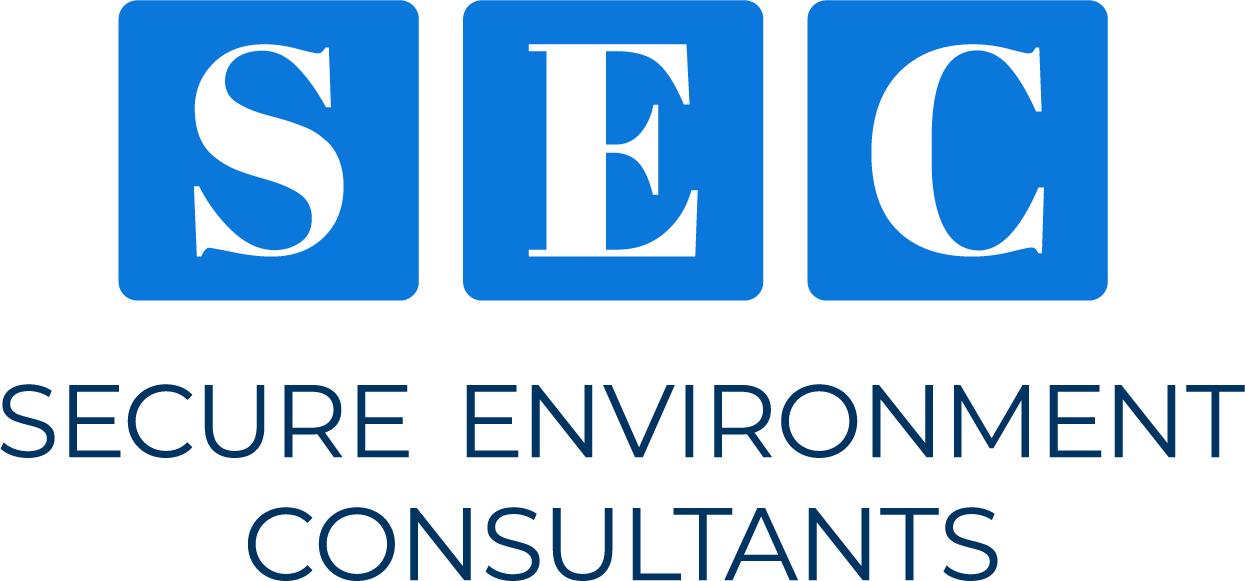
From Columbine to Sandy Hook to Parkland, high-profile tragedies are etched in our memories as every community tries to figure out how to prevent violence from “happening here.”
School safety and security has become a primary concern of parents, educators and society over the past few decades, with school security now a multibillion-dollar industry. In the aftermath of each new tragedy, schools are forced to react to what just happened, and the pressure to prevent violence from happening can be overwhelming.
In response to this pressure, schools often look for quick fixes that create long-term operational and financial burdens rather than make them more secure – and do nothing to address the root causes of school violence. The chasing of security is a never-ending cycle that causes frustration and does nothing to make our children safer.
Real solutions to violence in schools do not exist in gadgetry – they’re found in relationships. The research is clear: In schools with positive environments where students feel connected to their peers, staff see less violence. Research also shows the most effective prevention methods are not run by electricity but are powered by understanding behaviors and managing positive human interventions.
That’s not to say physical and technical security don’t work – they are important layers of a comprehensive safety and security program. However, the current state of school security values components over connection, barricades over behaviors and flash over functionality.
It is only within the past five years schools have dedicated appropriate resources toward developing programs that will result in reduced violence. While it will take time for this to bear out, it is critical schools stay focused on building positive environments and conducting behavioral threat assessments – and not fall prey to the paradox of prevention. That is if we continue these efforts, we will see less school violence, and when we see less school violence, we are unlikely to make the connection our prevention efforts are working.
For example, a student who exhibits behaviors consistent with someone on a path to violence but has a positive intervention won’t commit an act. When violence doesn’t happen, schools start to think these preventative efforts are no longer needed and then reallocate funding elsewhere, resulting in the return of violence. It is imperative we keep the focus of violence prevention on student behaviors and school environments.
An important tool in violence prevention is comprehensive assessments conducted by third-party experts who can help schools identify gaps and weaknesses in safety and security and identify actionable results. These assessments deal in reality – not perception, which can be skewed in schools where violence has or has not taken place.
When selecting the best consultant to conduct school security assessments, districts should consider the following:
- Does the consultant sell school security products or accept referral fees from companies that sell products? Consultants should be independent and operate only in the best interest of the school district.
- Does the consultant use audit or assessment methodology? While these terms are used interchangeably, the results are different. An audit is often a unilateral process in which the auditor is seeking only what is missing or what mistakes are made and the recommendations are made independently of the school or district. An assessment is a collaborative process in which recommendations are not made unilaterally by the consultant. The recommendations have to fit what is possible within the school or district, taking into account culture, budget, operations and sustainability.
- What does the post assessment engagement look like? An assessment is like a doctor’s diagnosis. The doctor doesn’t abandon you after the diagnosis but ensures the appropriate treatment is followed. The doctor does a checkup to see how you are progressing and changes treatment when needed. An assessment is just the beginning of the process – it diagnoses the gaps and then, hopefully, the assessor assists in applying the treatments necessary for improvement.
School security continues to improve thanks to districts opening themselves up to assessments that provide valuable insight into how to holistically improve their safety and security. Schools are more open to focusing on layers of security beyond the obvious physical tools.
By focusing on the elements we know impact school safety, we can continue to make the places we send our children each day safer and more secure.
About the Author
Since SEC’s inception in 2013, Jason Russell has provided hundreds of security assessments to schools, businesses and organizations across the United States. and in several other countries – and has been called in to assist during crisis situations, including mass shootings and security threats. He has worked with the Michigan Legislature to bring forward critical funding for site assessments at K-12 schools throughout the state and serves on Michigan’s School Safety and Mental Health Commission. He also is a frequent keynote speaker at conferences across the country on topics such as emergency preparedness, active shooter response and safety and security procedures.

